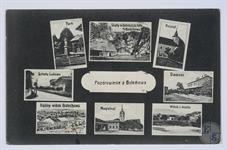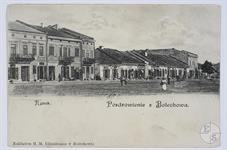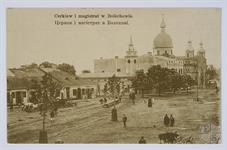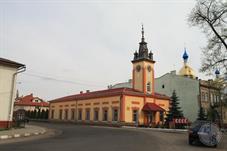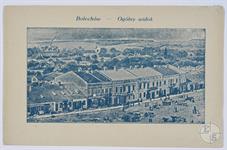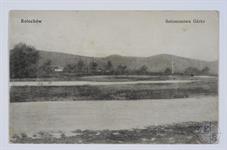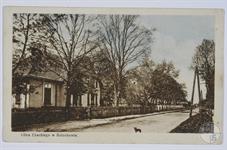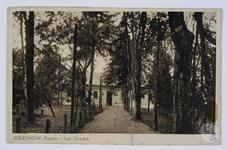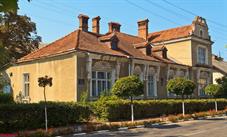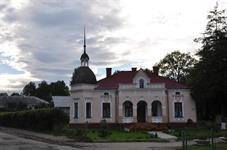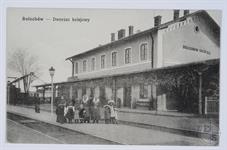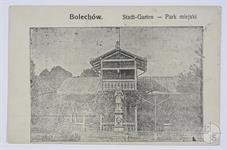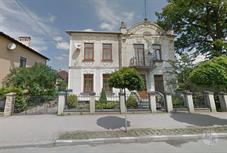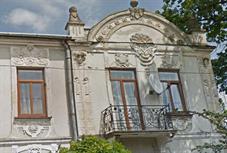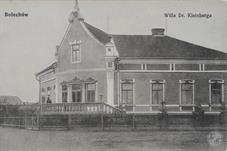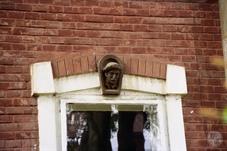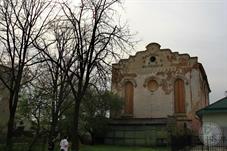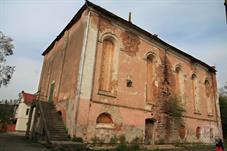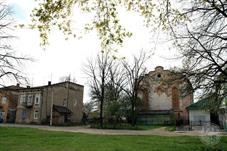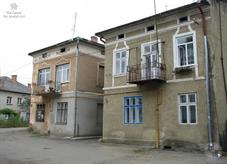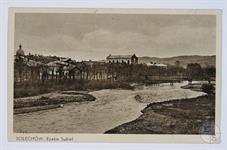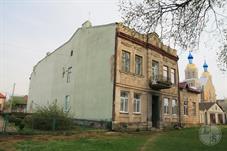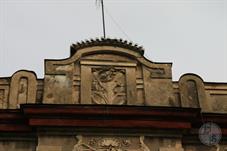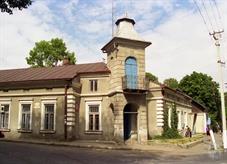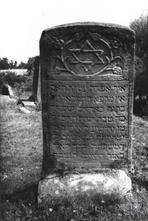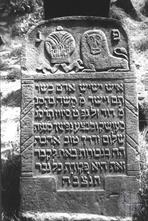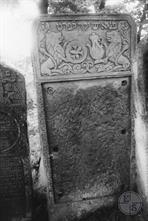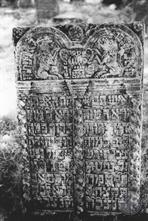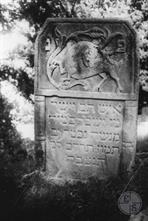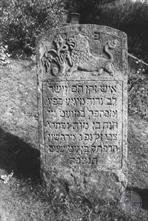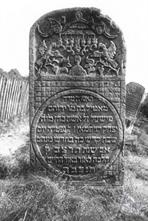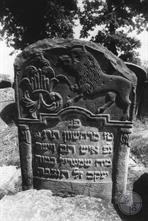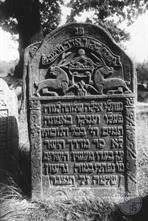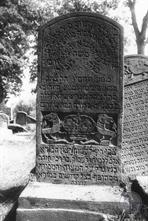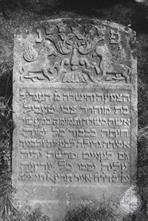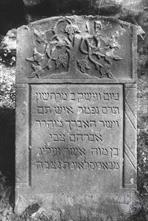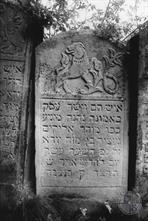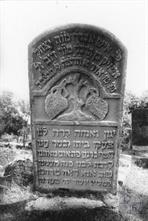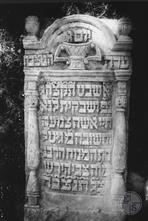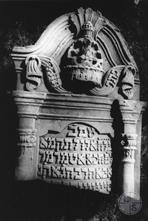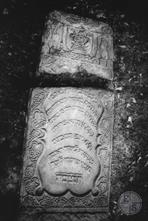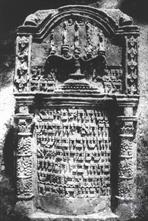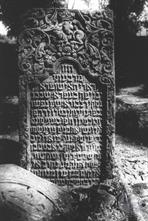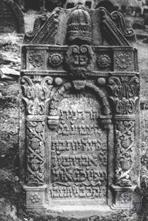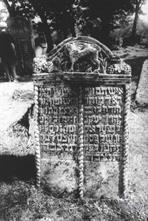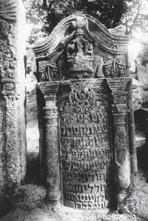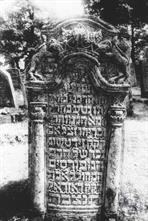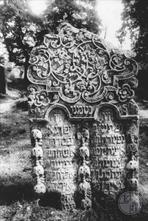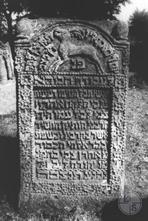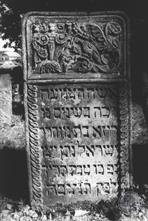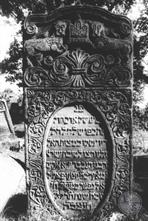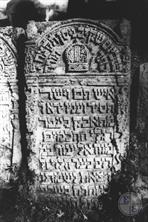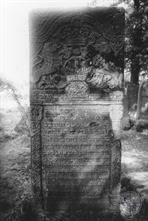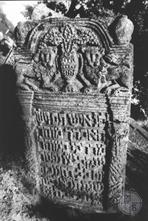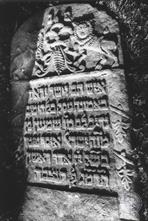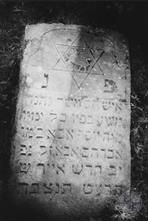Bolekhiv
Sources:
- Shtetl Routes. Bolekhiv - Cultural Heritage Card
- Jewish encyclopedia of Brockhaus & Efron
- Холокост на территории СССР: Энциклопедия / Гл. ред. И. А. Альтман. - М.: Российская политическая энциклопедия (РОССПЭН): Научно-просветительный Центр «Холокост», 2009
Photo:
- Eugene Shnaider
- Michael Kheifetz, Vladimir Levin, Boris Khaimovich: Center for Jewish art
- Biblioteka Narodowa Polona. Bolechow
- Рhotogoroda. Фотографии города Болехов
- Shtetl Routes. Bolekhiv - Cultural Heritage Card
- Jewish encyclopedia of Brockhaus & Efron
- Холокост на территории СССР: Энциклопедия / Гл. ред. И. А. Альтман. - М.: Российская политическая энциклопедия (РОССПЭН): Научно-просветительный Центр «Холокост», 2009
Photo:
- Eugene Shnaider
- Michael Kheifetz, Vladimir Levin, Boris Khaimovich: Center for Jewish art
- Biblioteka Narodowa Polona. Bolechow
- Рhotogoroda. Фотографии города Болехов
Kalush district, Ivano-Frankivsk region
For the first time in writing, the city of Bolekhiv is mentioned in 1371. In 1546, the first salvary was built. In 1603, the city was granted Magdeburg law and soon the city became an important military strengthening of the Commonwealth in the Carpathian. After the partition of Poland, in 1772, Brukhov became part of the Austrian Empire. During this time, the city came into desolation.
In 1918, Brukhov again became part of Poland, in 1939 he became part of the Ukrainian SSR.
In 1918, Brukhov again became part of Poland, in 1939 he became part of the Ukrainian SSR.
The Jewish community is as old as the city itself, founded in 1612 by Nikolai Gedzinsky. According to his privileges, these Jews and confirmed by Sigismund III, the Jews enjoyed benefits along with Christians. They had the right to build houses in any part of the city and received lands for the garden near the house; Both the house and the garden were their property, for which they paid a small tax to the owner.
Jews received places for synagogue and cemetery for free. The complaints of Christians against the Jews were versed in the owner or the judge appointed by him, in accordance with the existing laws and royal privileges for the Jews.
Jews enjoyed the right to be elected to the court assessment and even to city elders. When in 1660 the first headman pronounced the oath, he said: “I solemnly swear allegiance to live in peace with Roman Catholics, Greek Catholics and Jews and protect their rights, rich and poor indifferent.”
An illustration of the social position of the Jews is the fact that when the Cossacks burned the castle in Zhidachov in 1669 with all official documents and privileges, the City Council of Bolekhiv instructed two Jews - Leib Yitskovich and Lipman Lazarovich - to introduce the privileges of Zhidachov to the new books of the city.
Next year, the Tatars attacked Bolekhiv and destroyed and burned many houses, as a result of which the Jews were impoverished; But the owner of the city, George Gedzinsky, Bishop of Lviv, led many of them with money.
Jews received places for synagogue and cemetery for free. The complaints of Christians against the Jews were versed in the owner or the judge appointed by him, in accordance with the existing laws and royal privileges for the Jews.
Jews enjoyed the right to be elected to the court assessment and even to city elders. When in 1660 the first headman pronounced the oath, he said: “I solemnly swear allegiance to live in peace with Roman Catholics, Greek Catholics and Jews and protect their rights, rich and poor indifferent.”
An illustration of the social position of the Jews is the fact that when the Cossacks burned the castle in Zhidachov in 1669 with all official documents and privileges, the City Council of Bolekhiv instructed two Jews - Leib Yitskovich and Lipman Lazarovich - to introduce the privileges of Zhidachov to the new books of the city.
Next year, the Tatars attacked Bolekhiv and destroyed and burned many houses, as a result of which the Jews were impoverished; But the owner of the city, George Gedzinsky, Bishop of Lviv, led many of them with money.
According to the census of 1765, there were 784 Jews in the city itself and 99 in the surrounding villages. They consisted mainly of “quotencies”, that is, cashiers among tenants Saltar.
Kahal funds gradually decreased, which indicates a deterioration in the financial situation of the Jewish population, and since the 30s of the 18th century he was forced to make loans from the local Roman Catholic Church and from different landowners; In 1784, Kahal debts reached 3225 Austrian guilders, or 16125 Polish zlotys.
In 1787, the Austrian government opened in Bolekhiv a comprehensive school, the head of which Jew B. Blmental called from Germany. It lasted only until 1806.
Kahal funds gradually decreased, which indicates a deterioration in the financial situation of the Jewish population, and since the 30s of the 18th century he was forced to make loans from the local Roman Catholic Church and from different landowners; In 1784, Kahal debts reached 3225 Austrian guilders, or 16125 Polish zlotys.
In 1787, the Austrian government opened in Bolekhiv a comprehensive school, the head of which Jew B. Blmental called from Germany. It lasted only until 1806.
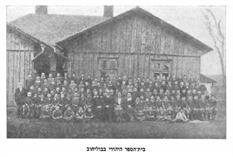 |
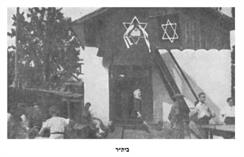 |
 |
| Jewish school in Bolekhiv | Branch of the Zionist organization Beatar (Union named after Joseph Trumpeldor) | Branch of the scout organization A-shomer a-tsair |
The Galician educational movement found a response in Bolekhiv. In the 40s of the 19th century One of the representatives of this movement lived here, S. Goldenberg, publisher of Kem Ghemed magazine.
Some maskilim was excited in 1846 the petition for the opening of the People’s School, and the persons who signed the petition, they assured that it would be a new synagogue. The administration agreed with the proposal with the school budget (1290 guilders per year), which was supposed to be covered by tax on kosher meat.
But Hasids, having learned the truth, began to counteract the school, and because of this it was visited very weakly (in 1858, instead of the supposed 250 boys and 195 girls, there were only 51 boys and 22 girls, in 1860 - 45 and 46). The director of the school Solomon Rubin, subsequently known as the translator into the Hebrew language of the “ethics” of Spinoza and the author of many philosophical works, as well as other school teachers, were attacked by the Hasids.
Some maskilim was excited in 1846 the petition for the opening of the People’s School, and the persons who signed the petition, they assured that it would be a new synagogue. The administration agreed with the proposal with the school budget (1290 guilders per year), which was supposed to be covered by tax on kosher meat.
But Hasids, having learned the truth, began to counteract the school, and because of this it was visited very weakly (in 1858, instead of the supposed 250 boys and 195 girls, there were only 51 boys and 22 girls, in 1860 - 45 and 46). The director of the school Solomon Rubin, subsequently known as the translator into the Hebrew language of the “ethics” of Spinoza and the author of many philosophical works, as well as other school teachers, were attacked by the Hasids.
In 1910, there were 4,000 inhabitants in Bolekhiv. Of these, 5.5% of people were Greek Catholics, 14.9% were Catholics and 78% were Jews.
The largest number of Jews lived in Bolekhiv compared to other settlements and cities.
During the First World War, most Jews emigrated, so their number was only 25% of the entire population of the city.
In the interwar period, Jews were mainly merchants and factories.
In 1931, 2,986 Jews lived in the city.
Since 1924, most community representatives belonged to Zionist organizations. They had a great influence on public life in the city of Bolekhiv.
During the Second World War, during the Soviet occupation, all Jewish institutions were dissolved. The economic situation worsened. When the Slovak and Hungarian troops entered the city (July 3, 1941), some Ukrainian anti-Jewish statements were voiced.
On July 4, a pogrom took place, during which the Jews were robbed and beaten.
In August, the Germans came to power. Judenrat was created led by Rufenzein.
The pursuit of Jews and coercion to heavy physical work began immediately after the Nazis entered the city. However, the first mass killings of Jews occurred later.
The first “action” was held on October 28-29, 1941. In the vicinity of village Tanyava were shot 750 people. During those events, the chairman of Judenrat Rufenzein committed suicide.
At the end of 1941, Schindler became the chairman of Judenrat. The survivors of the “action” were enclosed in the ghetto. The ghetto was not a closed type, however, it was possible to leave its territory only with the aim of performing work.
In April 1942, 450 Jews were shot in the Jewish cemetery in the village of Dovka.
In June 1942, 4,281 Jews lived in Bolekhiv and nearby villages, of which 1,588 performed forced labor. In August 1942, Jews from nearby villages were resettled in more.
The third “action” took place on September 3-5, 1942. Hundreds of Jews were transported to Stryy, and then to the death camps in Belzhets. The German gendarmes, the Ukrainian police, as well as the Jewish police took part in the conduct of this “action”. After that, about 2500 Jews remained in the town.
In October-November 1942, some Jews were taken to Stryy. At that time, only 1748 Jewish workers remained in Bolekhiv.
In December 1942, the Jews who worked in Bolekhiv were transferred to Koshar. All this happened along with the elimination of the ghetto.
The Jews who were in the city were shot by the Germans in July 1942 during the fourth “action”. They were buried in the Jewish cemetery in Bolekhiv. At the same time in the city of Stryy, other Bolekhiv Jews were shot.
The largest number of Jews lived in Bolekhiv compared to other settlements and cities.
During the First World War, most Jews emigrated, so their number was only 25% of the entire population of the city.
In the interwar period, Jews were mainly merchants and factories.
In 1931, 2,986 Jews lived in the city.
Since 1924, most community representatives belonged to Zionist organizations. They had a great influence on public life in the city of Bolekhiv.
During the Second World War, during the Soviet occupation, all Jewish institutions were dissolved. The economic situation worsened. When the Slovak and Hungarian troops entered the city (July 3, 1941), some Ukrainian anti-Jewish statements were voiced.
On July 4, a pogrom took place, during which the Jews were robbed and beaten.
In August, the Germans came to power. Judenrat was created led by Rufenzein.
The pursuit of Jews and coercion to heavy physical work began immediately after the Nazis entered the city. However, the first mass killings of Jews occurred later.
The first “action” was held on October 28-29, 1941. In the vicinity of village Tanyava were shot 750 people. During those events, the chairman of Judenrat Rufenzein committed suicide.
At the end of 1941, Schindler became the chairman of Judenrat. The survivors of the “action” were enclosed in the ghetto. The ghetto was not a closed type, however, it was possible to leave its territory only with the aim of performing work.
In April 1942, 450 Jews were shot in the Jewish cemetery in the village of Dovka.
In June 1942, 4,281 Jews lived in Bolekhiv and nearby villages, of which 1,588 performed forced labor. In August 1942, Jews from nearby villages were resettled in more.
The third “action” took place on September 3-5, 1942. Hundreds of Jews were transported to Stryy, and then to the death camps in Belzhets. The German gendarmes, the Ukrainian police, as well as the Jewish police took part in the conduct of this “action”. After that, about 2500 Jews remained in the town.
In October-November 1942, some Jews were taken to Stryy. At that time, only 1748 Jewish workers remained in Bolekhiv.
In December 1942, the Jews who worked in Bolekhiv were transferred to Koshar. All this happened along with the elimination of the ghetto.
The Jews who were in the city were shot by the Germans in July 1942 during the fourth “action”. They were buried in the Jewish cemetery in Bolekhiv. At the same time in the city of Stryy, other Bolekhiv Jews were shot.
The Jewish cemetery of Bolekhov is one of the most beautiful in Ukraine.
Photos of 1995

- Home
- Shtetls
- Vinnytsia region
- Volyn region
- Dnipro region
- Donetsk region
- Zhytomyr region
- Zakarpattia region
- Zaporizhzhia region
- Ivano-Frankivsk region
- Kyiv region
- Kropyvnytskyi region
- Luhansk region
- Lviv region
- Mykolayiv region
- Odessa region
- Poltava region
- Rivne region
- Sumy region
- Ternopil region
- Kharkiv region
- Kherson region
- Khmelnytskyi region
- Chernihiv region
- Chernivtsi region
- Cherkasy region
- Crimea
- Synagogues
- Cemeteries
- Objects & guides
- Old photos
- History
- Contact
Jewish towns of Ukraine
Jewish towns of Ukraine
My shtetl
My shtetl
Donate
